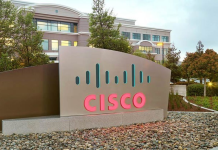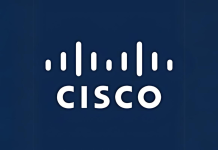Open source software, once deemed “a cancer” by former Microsoft CEO Steve Ballmer, has rapidly overtaken the tech world. A growing number of today’s hottest tech companies center around the free, community-based technology. As a result, a majority of enterprises across industries from finance to retail and service, have built their businesses around open-source software, relying on it for critical business functions.
A 2015 survey conducted by Black Duck Software and growth venture firm North Bridge found that 78% of businesses ran part or all of their operations on OSS, up from just 42% in 2010.
The rapid growth of OSS comes with its unique challenges, as OSS providers struggle to achieve profitability and turn millions of free-software downloads into sustainable revenue streams. While offering free software has proven to be a powerful tool in driving user adoption, it can not stand alone as a sustainable business model.
While Red Hat has surpassed a $21 billion valuation over 25 years as a leader in the space, there are few other shining stars in the history of open source.
In order to ensure a sustainable OSS business, entrepreneurs should be sure to think about how the business is going to make money very early on. Many times, startups only start to strategize on a business model after their free software downloads skyrocket. Some successful OSS providers have sold enterprise versions of their product with extra security and management features, while other offer a premium SaaS service in a pay-as-you-go model.
Instead of getting caught up in consulting services to enhance deployments, OSS companies can focus on building recurring revenue streams through subscriptions. Given the software is initially free, the sales cycle for OSS companies is significantly different from traditional enterprise software. Startups should be extremely disciplined about making sure sales teams are focused on ongoing customer satisfaction, as opposed to simply landing a deal and moving onto the next prospect.
As the surge of capital into OSS startups proves, there is clearly a way to make money from free software, and various pathways to get there. Ultimately, OSS providers should remain focused on monetization and licensing along with implementing the proper service and sales strategies to ensure that customers decide to buy, and continue to buy more.
























